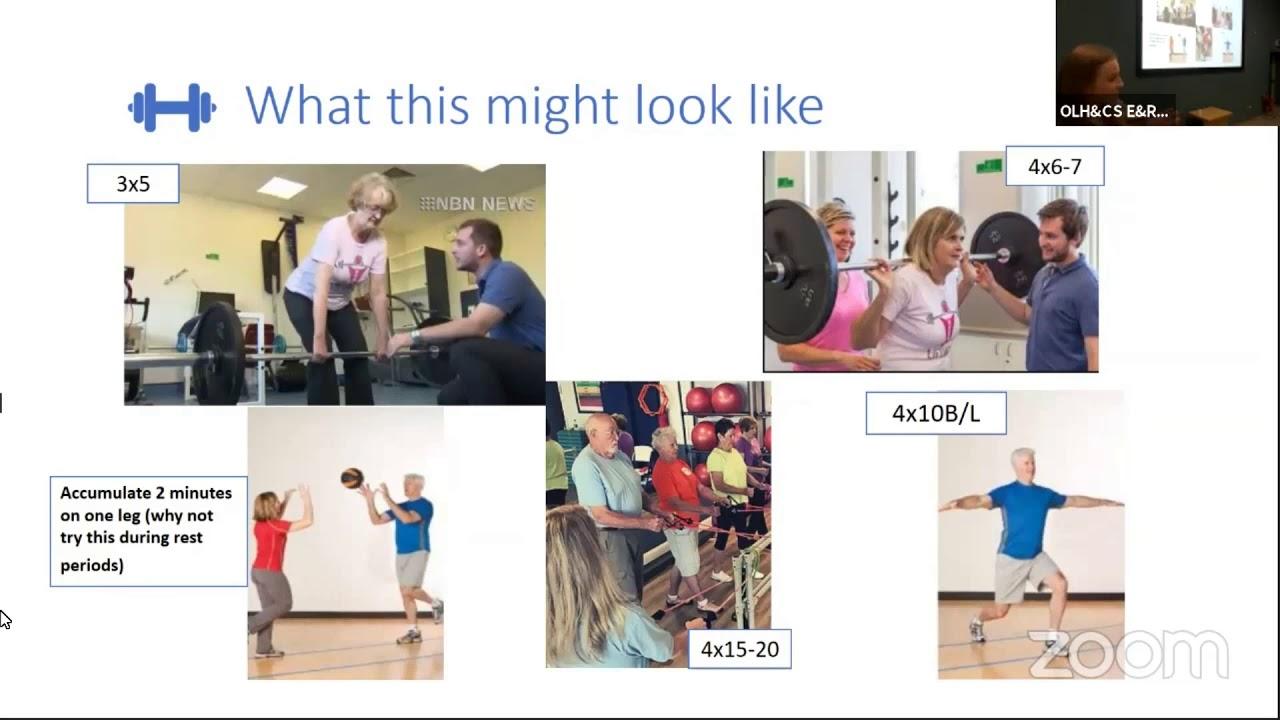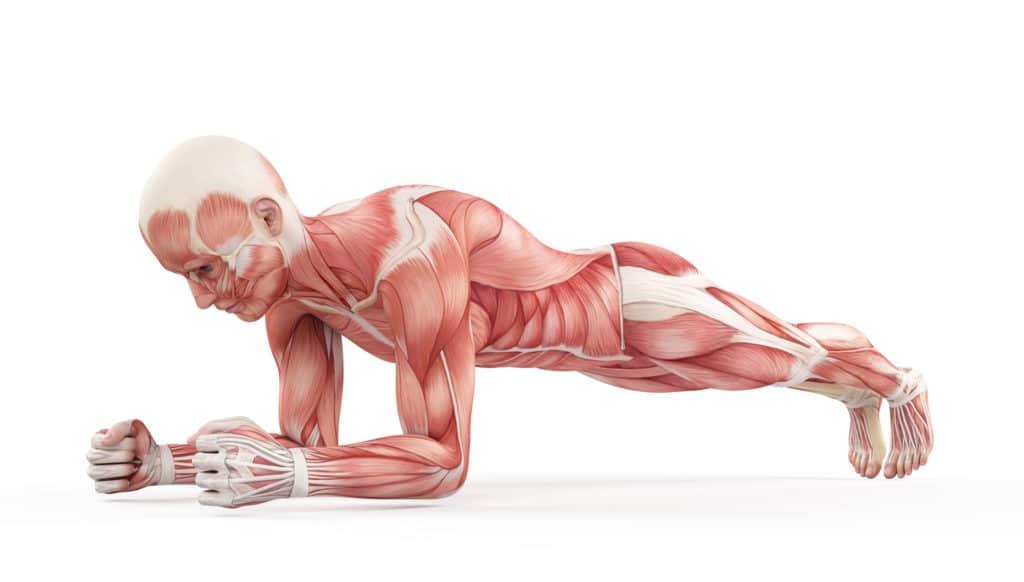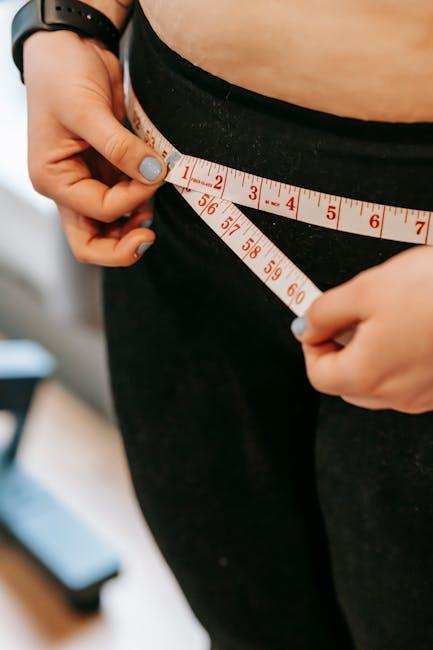In the journey toward building strength, the key lies in understanding and effectively implementing progressive resistance workouts. This method, grounded in the principle of gradually increasing the demands placed on your muscles, is a time-tested approach to enhancing strength and endurance. Whether you’re a seasoned athlete or just beginning your fitness journey, mastering progressive resistance can unlock new levels of physical capability and resilience. In this article, we will guide you through the essential strategies and techniques to harness the power of progressive resistance, ensuring each workout propels you closer to your strength goals. Get ready to transform your fitness routine and embrace a stronger, more powerful version of yourself.
Understanding Progressive Resistance Training Principles
To truly harness the power of progressive resistance training, it’s essential to grasp its core principles. At its heart, this training approach is all about consistently challenging your muscles to adapt and grow. Progressive overload is the cornerstone here—gradually increasing the amount of weight, frequency, or number of repetitions in your strength training routine. This principle ensures that your body doesn’t become complacent, constantly pushing it beyond its comfort zone.
- Incremental Weight Increases: Regularly add small amounts of weight to your lifts. This could be as little as 2-5% of your current load, ensuring steady progress without risking injury.
- Variety in Exercises: Incorporate different exercises targeting the same muscle groups. This keeps your workouts fresh and engages different muscle fibers.
- Repetition and Set Adjustments: Alter the number of sets and reps you perform. For example, if you’re used to 3 sets of 10 reps, try 4 sets of 8 reps with a heavier weight.
- Rest and Recovery: Never underestimate the power of rest. Your muscles need time to repair and grow stronger, so ensure you’re giving them adequate recovery time.
By systematically applying these principles, you can effectively build strength, enhance muscle mass, and improve overall fitness. Remember, consistency and patience are key—progress might be gradual, but with dedication, the results will speak for themselves.
Crafting a Personalized Workout Plan for Optimal Strength Gains
To embark on a journey of increased strength through progressive resistance workouts, it’s essential to tailor your plan to fit your unique needs and goals. Start by identifying your current fitness level and specific strength objectives. Consider incorporating a variety of exercises that target different muscle groups, ensuring a balanced approach. Compound movements such as squats, deadlifts, and bench presses are crucial, as they engage multiple muscles and joints, promoting overall strength. Additionally, pay attention to the number of sets and reps; generally, 3-5 sets of 4-8 reps can be effective for strength gains.
- Track Progress: Keep a detailed record of your workouts, noting the weights used and the number of reps completed.
- Gradual Increase: Aim to gradually increase the weight or resistance by about 5-10% as you grow stronger, ensuring continuous progression.
- Rest and Recovery: Allow adequate recovery time for your muscles to repair and grow stronger, typically 48 hours between sessions targeting the same muscle group.
Remember, consistency and patience are key. Regularly reassess your plan and make necessary adjustments to continue challenging your body. This personalized approach not only fosters optimal strength gains but also helps in preventing plateaus and injuries.

Mastering Technique to Maximize Muscle Engagement
To truly harness the power of progressive resistance workouts, it’s crucial to focus on maximizing muscle engagement. This involves not just lifting heavier weights but doing so with precision and control. Start by emphasizing proper form; every lift should be executed with the correct posture and alignment to ensure that the targeted muscles are being effectively engaged. This minimizes the risk of injury and maximizes the benefits of each exercise.
- Mind-Muscle Connection: Concentrate on the muscle you’re working. Visualize it contracting and expanding with each rep.
- Controlled Movements: Avoid rapid or jerky motions. Slow, deliberate movements enhance muscle tension and improve engagement.
- Varied Tempos: Incorporate different tempos in your workouts. For instance, a slow eccentric phase (lowering the weight) followed by a fast concentric phase (lifting the weight) can boost muscle activation.
- Progressive Overload: Gradually increase the weight, reps, or sets over time to continually challenge your muscles.
By integrating these techniques into your routine, you can ensure that each workout session is as effective as possible, paving the way for increased strength and muscle growth.

Tracking Progress and Adjusting Workouts for Continued Improvement
To truly maximize the benefits of progressive resistance workouts, it’s essential to keep a close eye on your progress and make necessary adjustments. Start by keeping a detailed workout journal or using fitness tracking apps to record your exercises, sets, reps, and weights. This will not only help you identify patterns and plateaus but also serve as a motivational tool when you see how far you’ve come.
- Evaluate your performance regularly: Every few weeks, assess your progress. Are you lifting heavier weights or doing more reps? If not, it might be time to tweak your routine.
- Incorporate variety: Change your exercises, adjust the number of sets or reps, or try different equipment. This keeps your muscles guessing and helps prevent adaptation.
- Listen to your body: If you feel consistently fatigued or experience pain, it might be a sign to reduce intensity or allow more recovery time.
Remember, progressive resistance is about steady improvement, not immediate perfection. By consistently tracking your progress and making thoughtful adjustments, you can ensure that your workouts remain challenging and effective.




